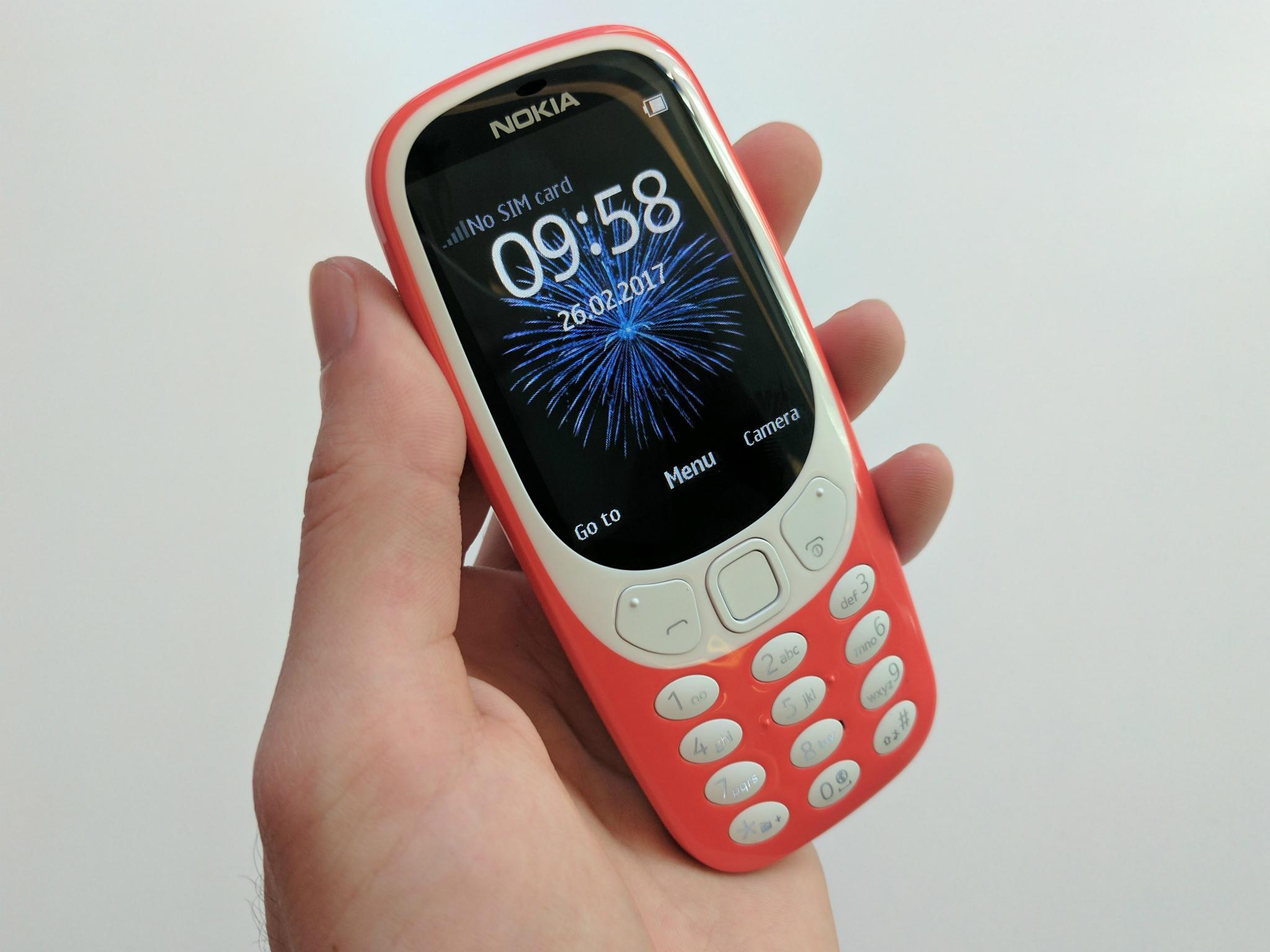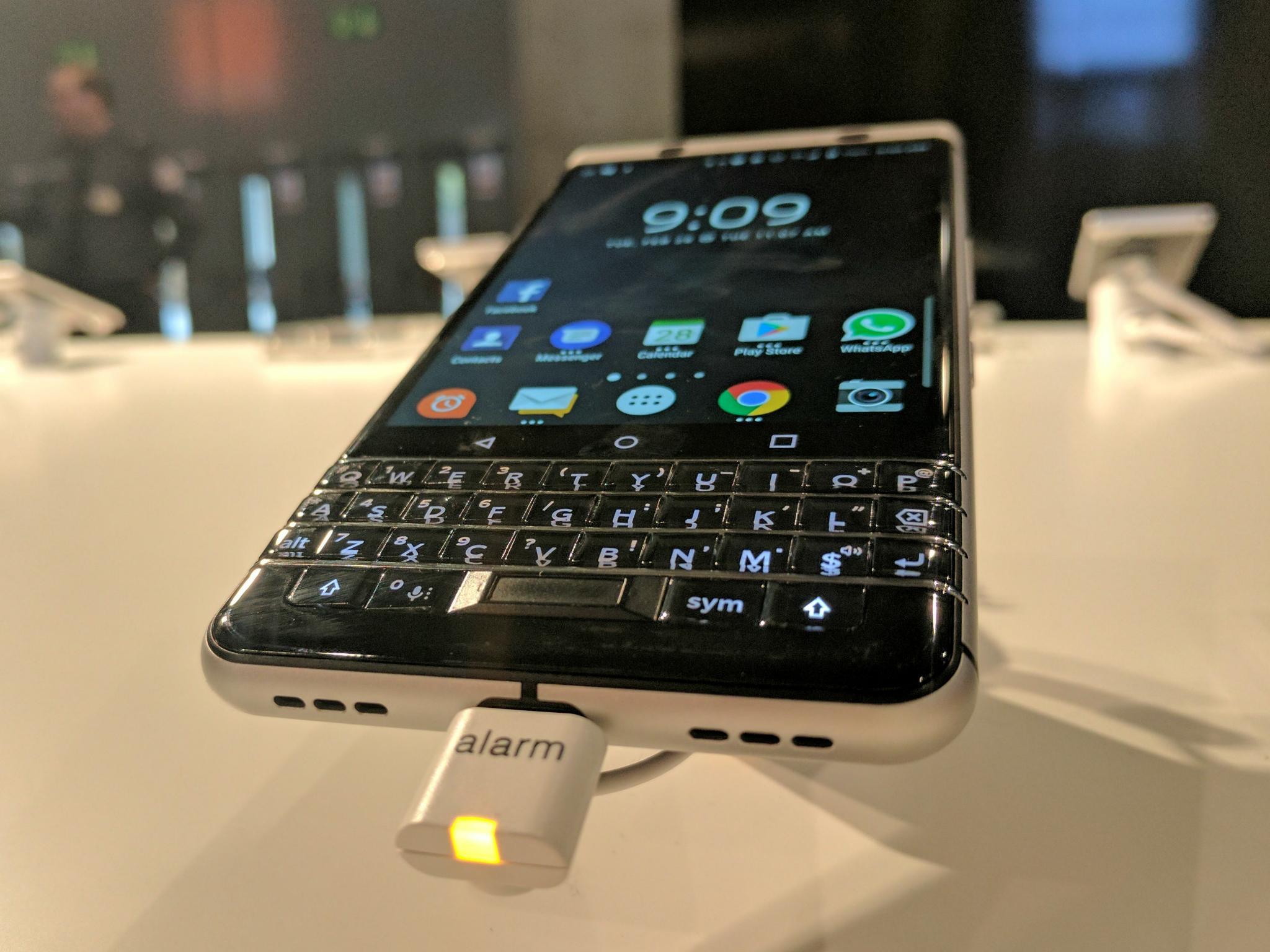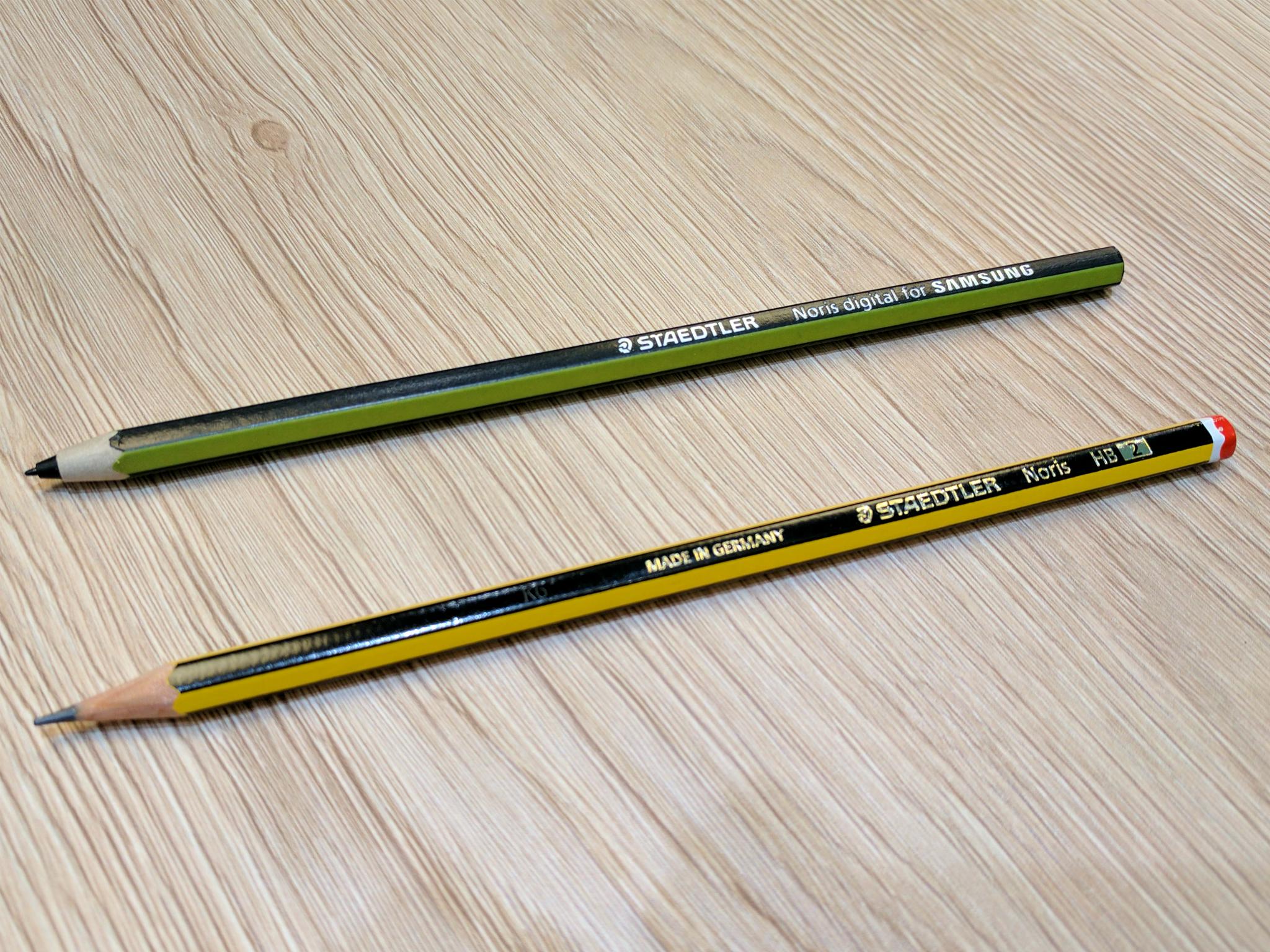From the new Nokia 3310 to interactive pencils, the future of tech is nostalgia
Throwback gadgets and form factors have eclipsed the major launches at MWC 2017

For a show that’s supposed to celebrate the latest technological advances, MWC 2017 has proven ever so slightly odd.
Nostalgia has been this year’s key theme, with several companies resurrecting devices and form factors from years gone by in an attempt to cash in on consumers’ emotional ties.
Weirder still, it appears to be working.
Here are the four biggest throwback gadgets we spotted at the show.
Nokia 3310
Despite the unveiling of multiple flagship smartphones this week, the handset that’s generated by far the most interest at MWC 2017 is the new Nokia 3310.
The extraordinary 4K HDR display-toting Sony Xperia XZ Premium and highly impressive LG G6 have been completely upstaged by a feature phone with basic limitations.
The 3310 is undoubtedly an icon, but consumers stopped buying it a long time ago, because it went out of date. The updated version has a fresh look and an improved feature set, but hasn’t strayed too far from the original.

BlackBerry KeyOne
The BlackBerry KeyOne hasn’t generated quite the same levels of interest, but the return of the company’s famous physical smartphone keyboard has still raised plenty of smiles on the show floor.
You get a certain satisfaction from crunching away at its tiny buttons, but it’s hard to imagine the handset appealing to many people beyond hardcore BlackBerry fans, due to its unspectacular specs and power, and fierce competition.

Samsung digital pencil
The South Korean company made a big deal about its handy new S Pen, which launched alongside the gorgeous Galaxy Tab S3 and Galaxy Book, but it’s badly let down by ugly design and flimsy build quality.
That’s why it was nice to see it repackaged as Staedtler’s classic Noris pencil. Both versions of the stylus can detect 4,096 levels of pressure, and can be used for creating digital notes and drawings on the company’s newest tablets.
Unfortunately, Samsung hasn’t spoken of pricing or a future release yet.

Gemini PDA
Tucked away a short distance from the main MWC halls was Planet Computers’ keyboard personal digital assistant, Gemini.
It’s essentially the Psion Series 5 reborn, and was designed in partnership with Martin Riddiford, who worked on the Psion PDAs of the 1990s. The new version comes with 4G and Wi-Fi connectivity, and is capable of running both Android and Linux.
The Gemini is already closing in on its $200,000 funding target on Indiegogo, and Planet Computers plans to start shipping units in November.
Join our commenting forum
Join thought-provoking conversations, follow other Independent readers and see their replies
3Comments